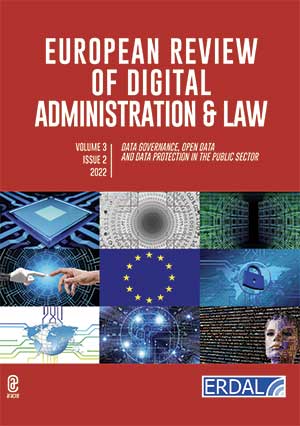DOI: 10.53136/979122180798116
Pages: 193-197
Publication date: March 2023
Publisher: Aracne
The infrastructure for spatial information enables the optimal use of data for space management by public-administration authorities and private entities. Spatial data relate directly or indirectly to a specific location or geographical area.The paper focuses on analysing two levels of spatial-data processing: the organisational and technological levels. The organisational level relates to the structure of entities like public-administration authorities and private entities who process spatial data. The technological level relates to the technical standards required by electronic public registers.The article introduces a distinction between two spheres of data processing: the sphere of open access and the sphere of limited access. The sphere of open access is basic in nature with universal and free-of-charge processing of spatial data. The limited-access sphere preserves the natural monopoly of the state in providing spatial data from public resources.



